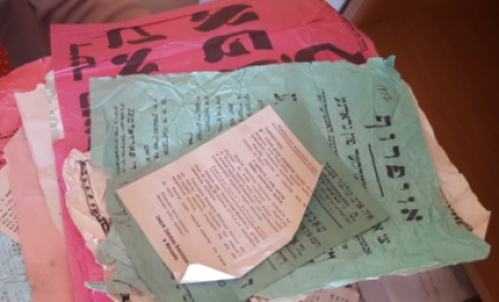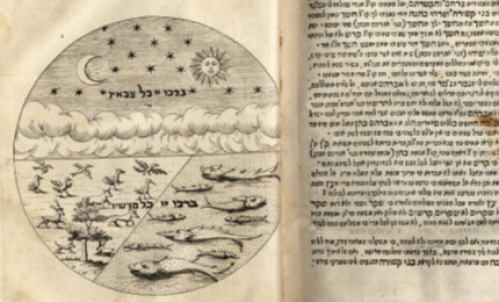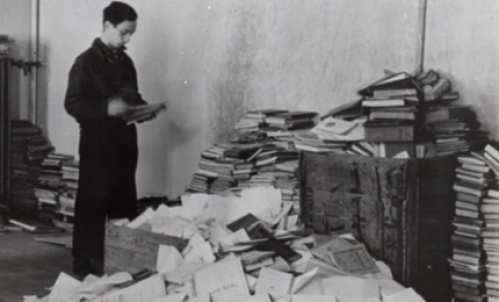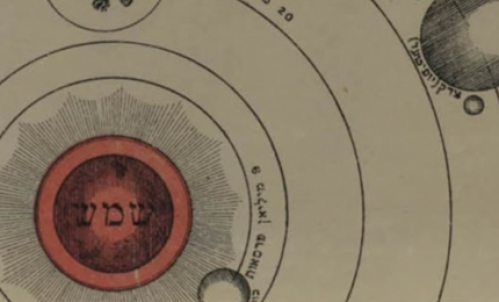An Open Ghetto Next Door to Treblinka
Tuition: $360 | YIVO members: $270**
This is a live, online course held on Zoom. Enrollment will be capped at about 25 students. All course details (Zoom link, syllabus, handouts, recordings of class sessions, etc.) will be posted to Canvas. Students will be granted access to the class on Canvas after registering for the class here on the YIVO website. This class will be conducted in English, and any readings will be in English.
Instructor: Elżbieta Janicka
A 17th-century Jewish town, a wartime border town, then an open ghetto and one of the six residual ghettos established by the Nazis in the Warsaw District, Kosów Lacki was located 7 kilometers in a straight line from the Treblinka death camp, and it hides in the shadow of Treblinka to this day.
We will begin our investigation with a historical outline of Jewish Kosów, pointing out and trying to interpret the blind spots in the historical record. We will then try to discern individual biographies against the background of the collective trajectory of Kosów Jews.
The question of the outside will be crucial in elucidating the concept of the open ghetto. What did the Kosów Lacki area look like – spatially, socially and culturally? How might its landscape have served as both a place of shelter and an instrument of murder, and how were Poles positioned to use it? What did the “hunt for Jews” (Judenjagd) in the town and its surroundings look like, and was justice eventually served through postwar prosecution and post-1989 historical reckoning?
To place our reflection into context, we will examine the phenomenon of the ghetto as such and the deep entrenchment of this antisemitic invention of the papal authority throughout Christian Europe. While deciphering the physical topography of Kosów Lacki, where the natural intertwines with the cultural, we will consider it in a longue durée perspective. Additionally, we will study the prewar, wartime and postwar symbolic topography of the town to determine whether the patterns organizing it have evolved over time.
Our overall reasoning will be guided by two questions: what kind of a challenge does the open ghetto phenomenon represent for the periodization and the conceptualization of the Holocaust, and what can field research bring to the topic more than 80 years later?
Course Materials:
The instructor will provide all course materials digitally throughout the class on Canvas.
Questions? Read our 2026 Winter Program FAQ.
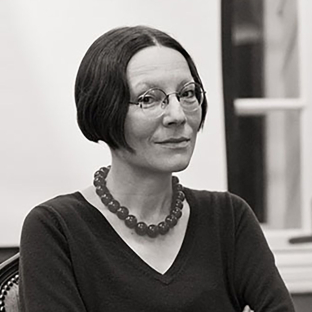
Elżbieta Janicka is a historian of literature, cultural anthropologist, and visual artist. She received her M.A. at the Université Paris VII Denis Diderot and her Ph.D. and postdoctoral degree at Warsaw University. Janicka is the author of Sztuka czy Naród? [Art or the Nation?] (Kraków: Universitas, 2006) and Festung Warschau [Forteress Warsaw] (Warszawa: Krytyka Polityczna, 2011). She co-authored Philo-Semitic Violence. Poland’s Jewish Past in New Polish Narratives (Lanham, MD: Rowman & Littlefield, 2021; with Tomasz Żukowski) and This Was Not America: A Wrangle Through Jewish-Polish-American History (Boston: Academic Studies Press, 2022; with Michael Steinlauf). Her individual exhibitions are: Ja, fotografia (1998); Miejsce nieparzyste [The Odd Place] (2006); Inne Miasto [Other City] (2013, with Wojciech Wilczyk). Her research pertains to the identity and community building function of Polish antisemitism as well as the place and role of the Polish majority in the structure of the Holocaust. She works at the Institute of Slavic Studies of the Polish Academy of Sciences.
**Become a member today, starting at $54 for one year, and pay the member price for classes! You’ll save on tuition for this course and more on future classes and public programs tickets.
